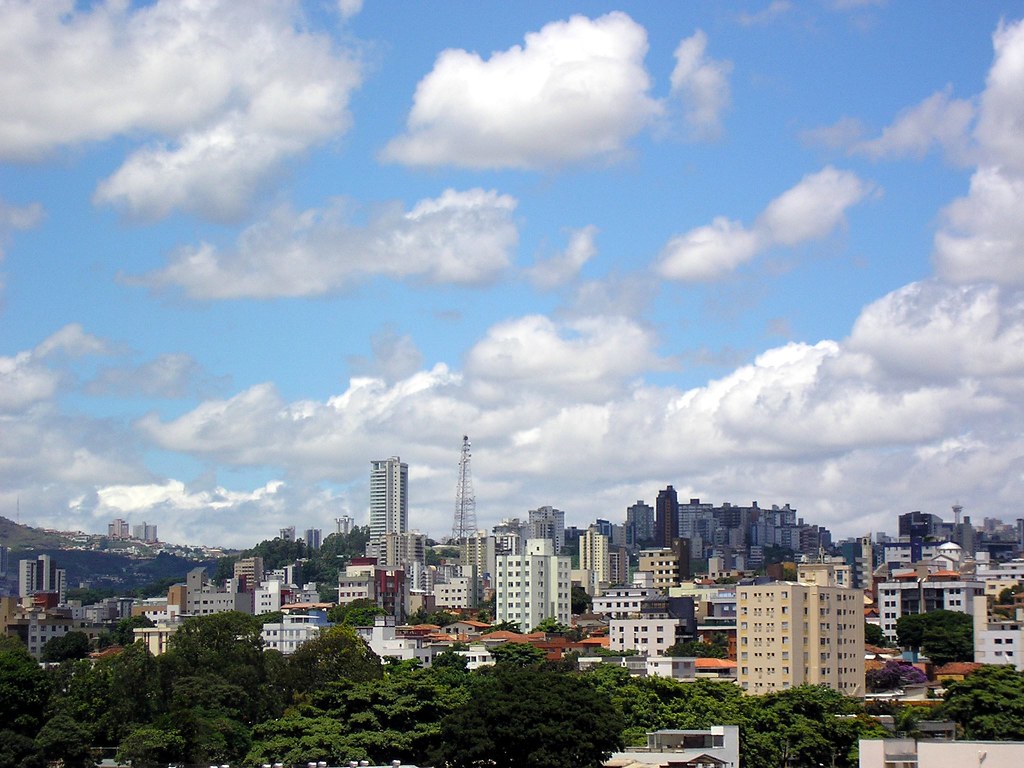A Short but Deep Dive into the Economics of Arts
Art Entrepreneurs in a Peripheral Market
Abstract
This article analyzes the organization, functioning, and peculiarities of the local visual arts market of the Brazilian city of Belo Horizonte, which has the third largest metropolitan area of the country. Furthermore, we also explore the perspectives for the young artists entering this market. For this purpose, semi-structured interviews were applied directly to the owners or managers of the city's art galleries. Between August 2014 and January 2015, 26 galleries were visited, out of the 30 identified. Based on observations made in the fieldwork, on the plethora of themes that appeared throughout the interviews, and on the patterns identified in the tables, it was possible to organize the art galleries in four distinct types: (1) retail art galleries, (2) contemporary art galleries, (3) institutional galleries, and (4) alternative galleries. Organizing the main arguments of the interviewees and applying the Thematic Networks methodology, we found that the weakness of the entrepreneurial efforts in the local art market seems to be an outstanding feature jeopardizing innovation. We also found that there are two kinds of art galleries providing solutions to this.





